Over a quarter of warehouses have implemented automation by 2027
- November 23, 2023
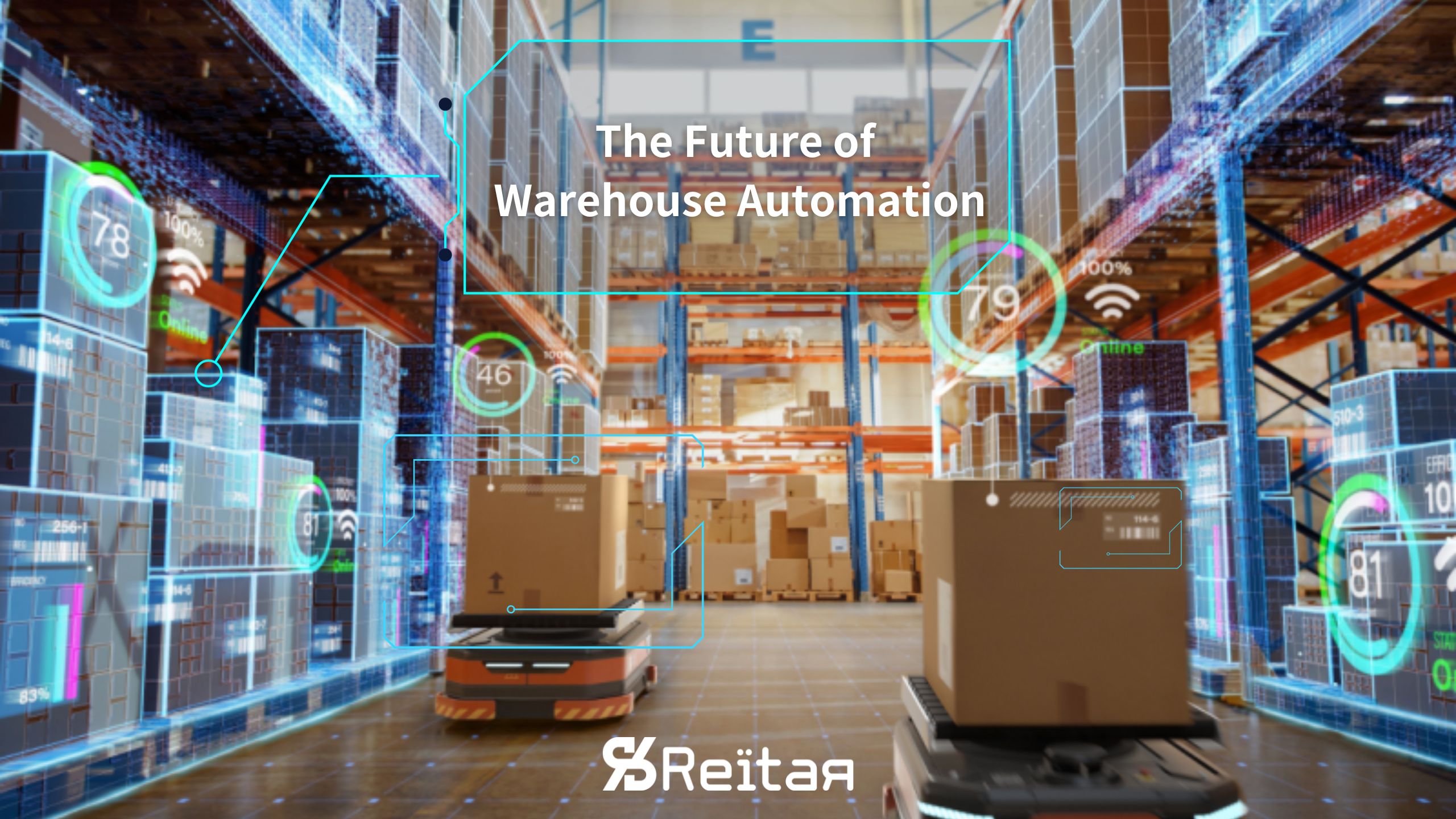
A new report from Interact Analysis projects that warehouse automation will continue to grow rapidly, with more than one-quarter of sites (26%) expected to have some form of automation installed by 2027.
The steep rise illustrates the impact of factors such as labor shortages and the acceleration in e-commerce fueled by the Covid-19 pandemic.
Momentum for the trend is also on track to buck restraints like a predicted fall of 35% in the number of new warehouses added to global building stock during 2023 compared with the previous year.
The sectors with the highest penetration rate of warehouse automation will be the food & beverage and the parcel areas, which act as “low-hanging fruit” due to the predictability of throughput and the size/weight of items handled.
Read more: https://bit.ly/3Qjffo4
Other News
- All Post
- Breaking News
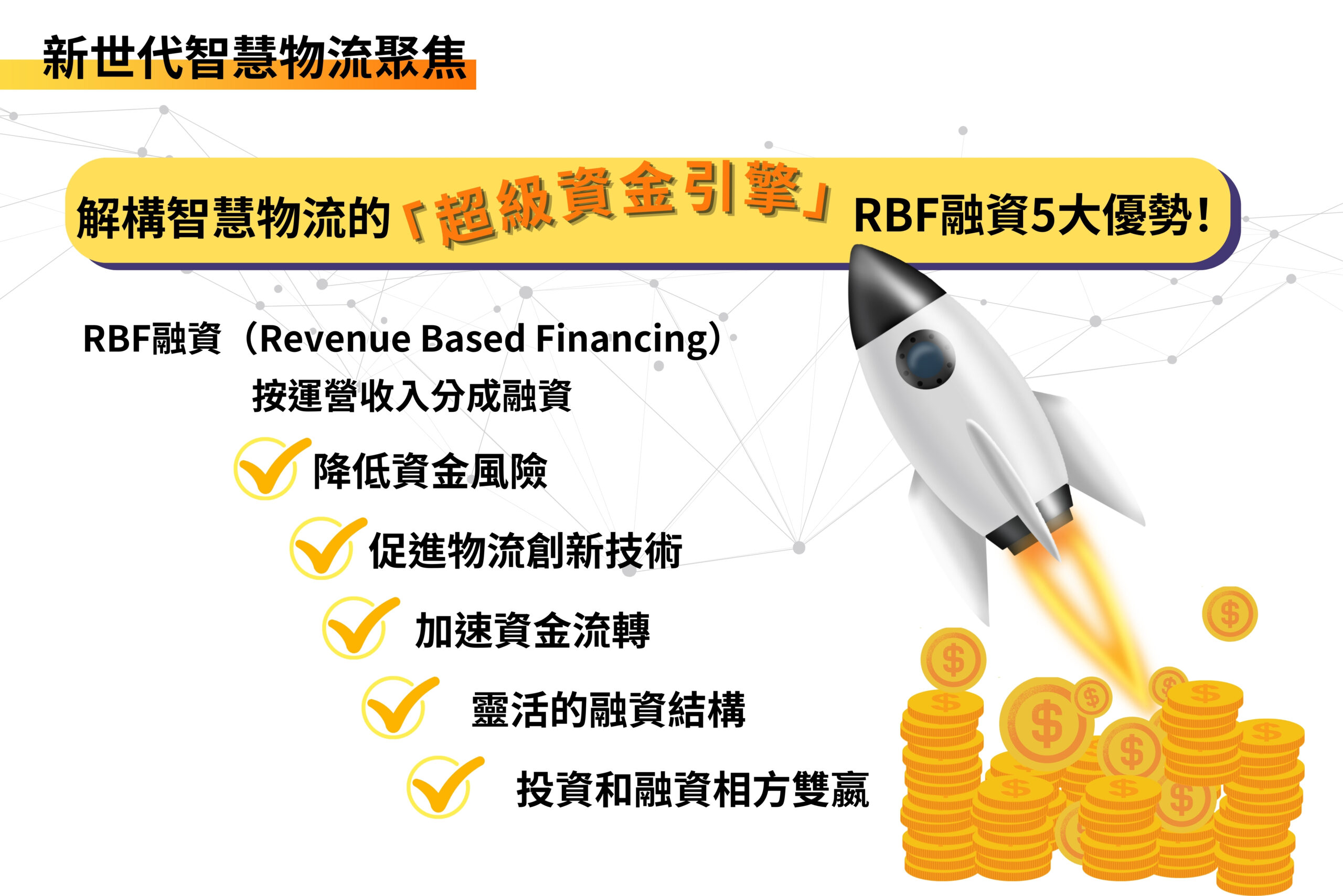
RBF is increasingly becoming a key driver in the smart logistics sector. This model not only alleviates companies' financial pressures but also fosters innovation and market expansion.
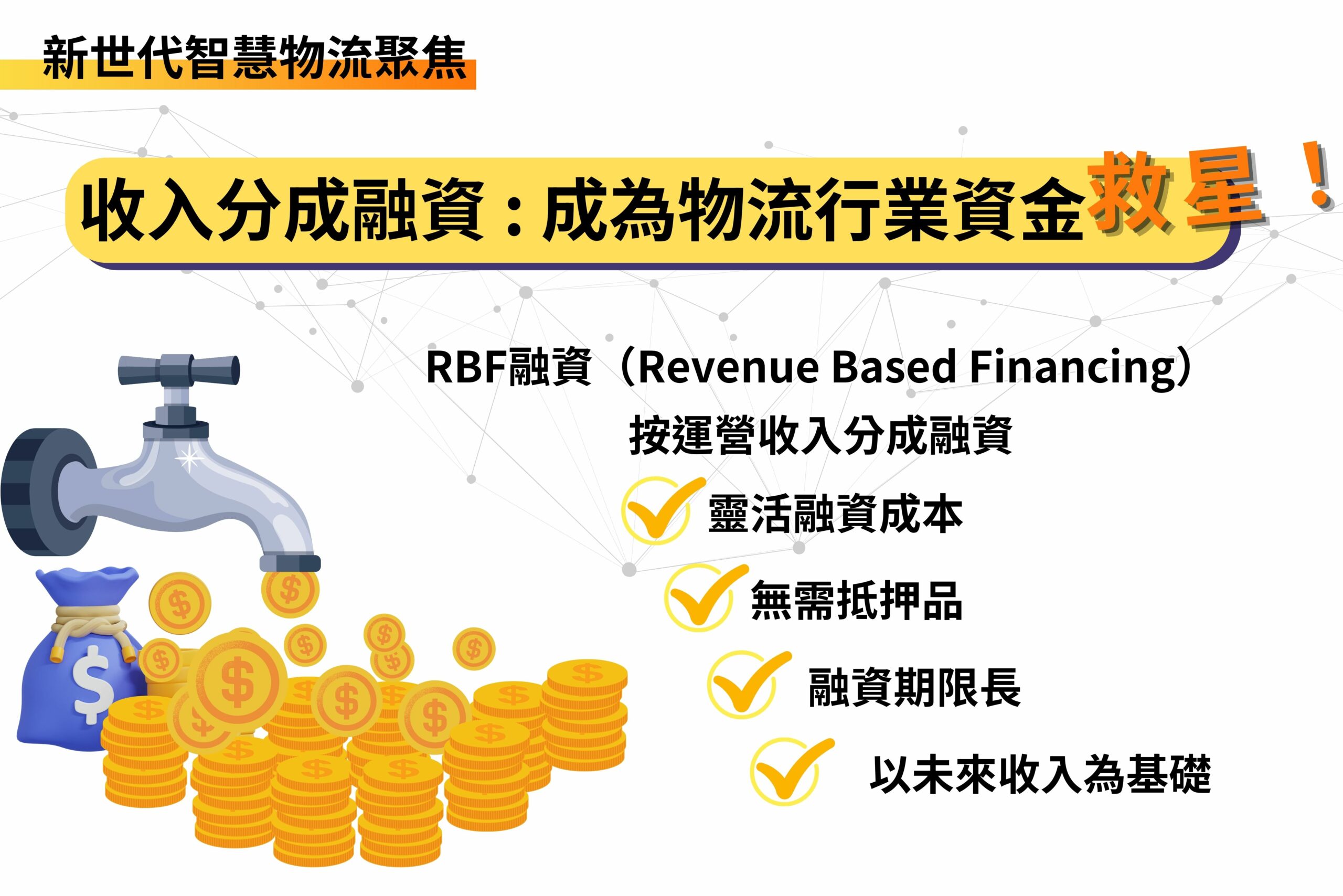
The logistics industry is currently grappling with significant challenges, including business expansion, technology upgrades, and supply chain management. As companies strive to upgrade to smart logistics level, there is an urgent need for substantial financial support. One solution gaining traction is Revenue-Based Financing (RBF), which offers a flexible approach to cash flow management.
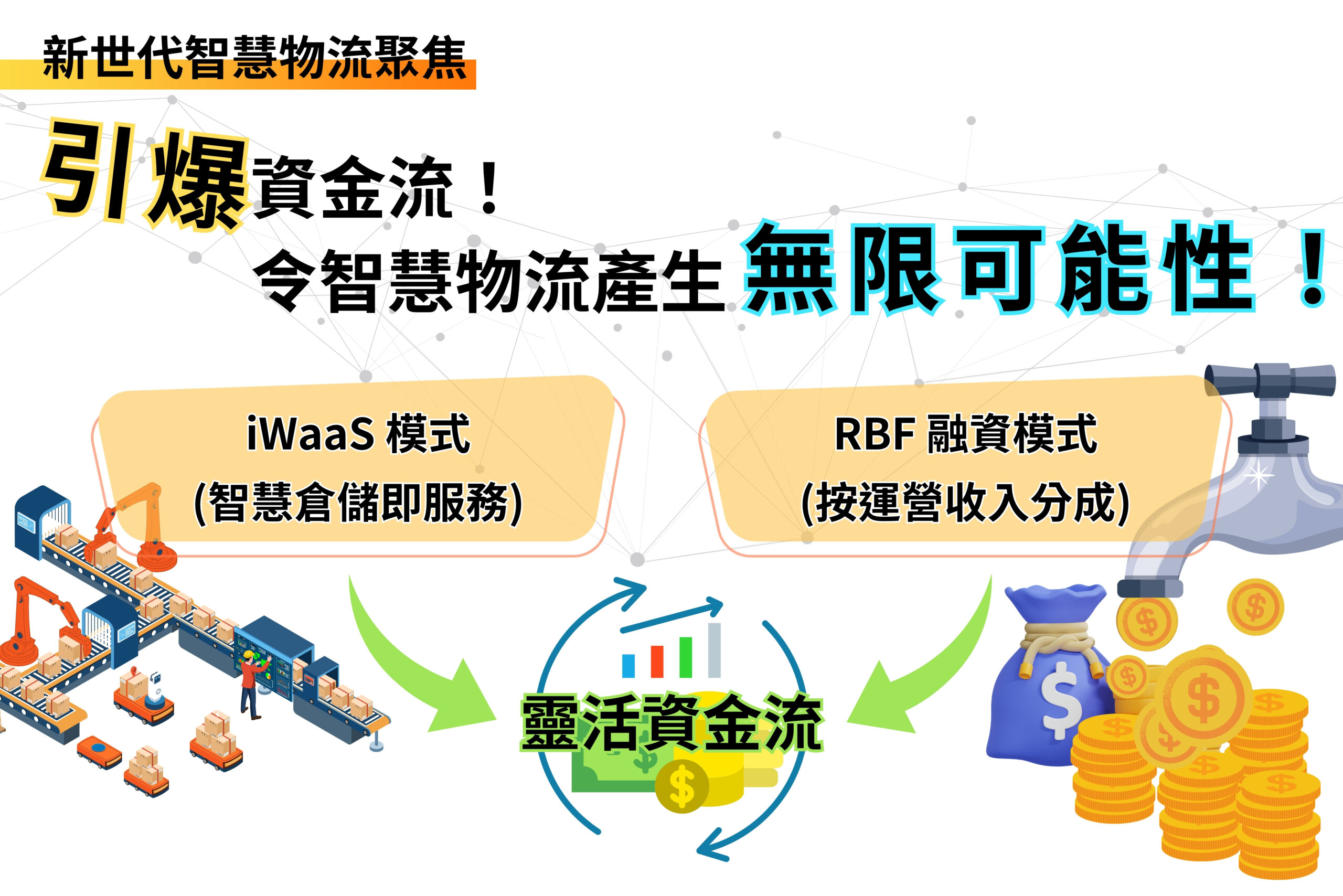
At the core of smart logistics development, the strongest driving force is undoubtedly " Capital flow ".
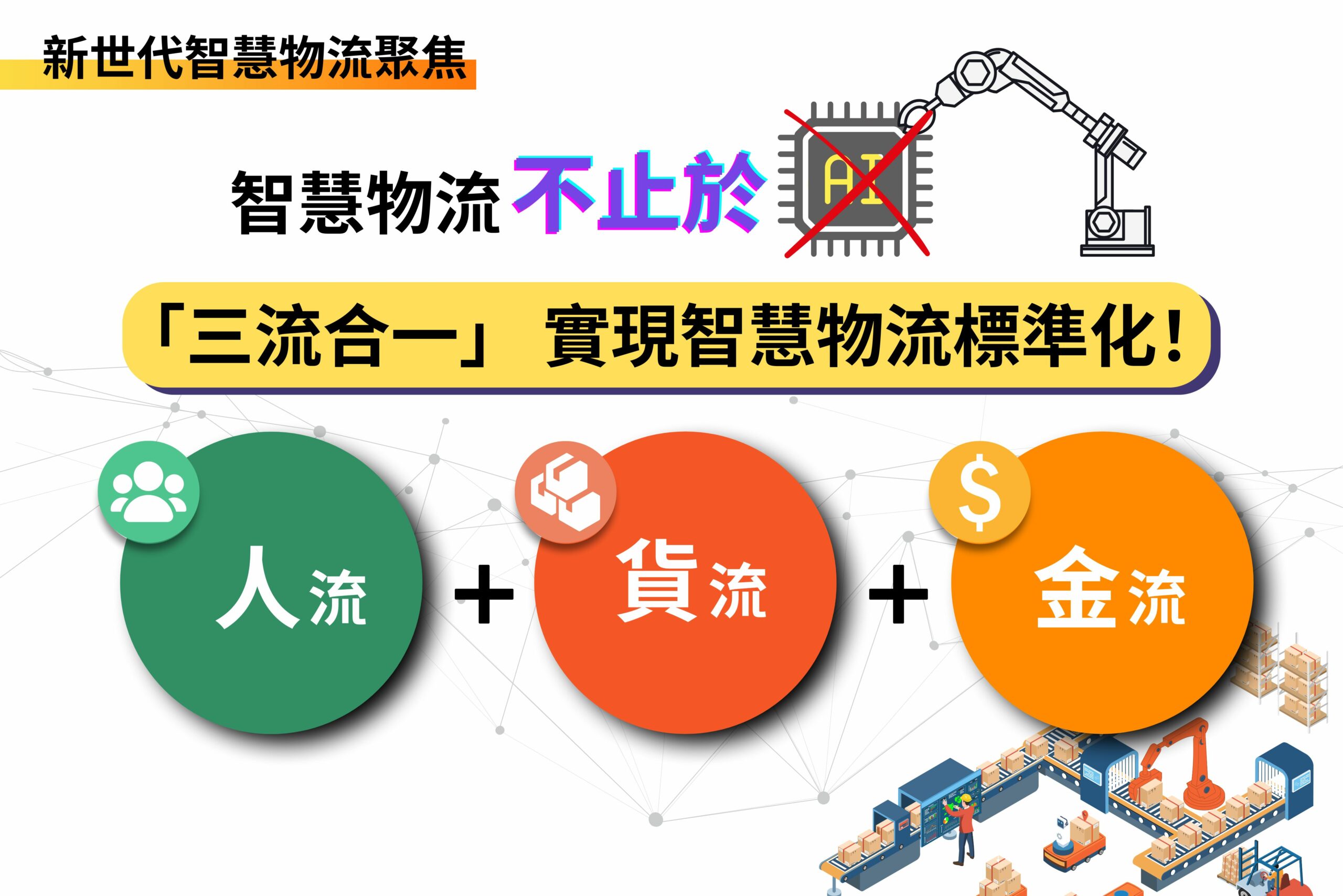
"Smart Logistics" should be about enhancing the stability of the supply chain and achieving smooth operation of the logistics supply chain, with AI as just one component.
